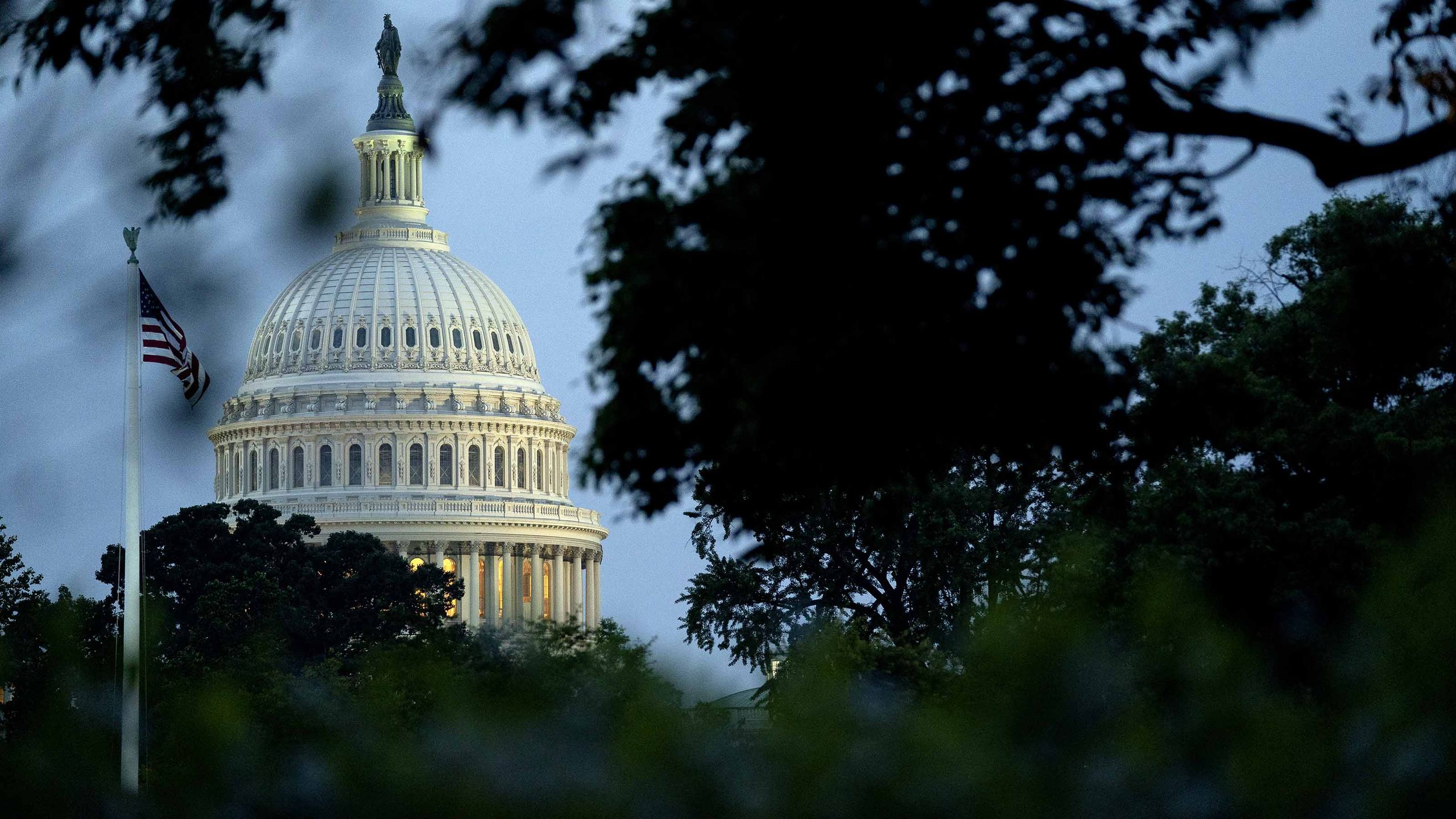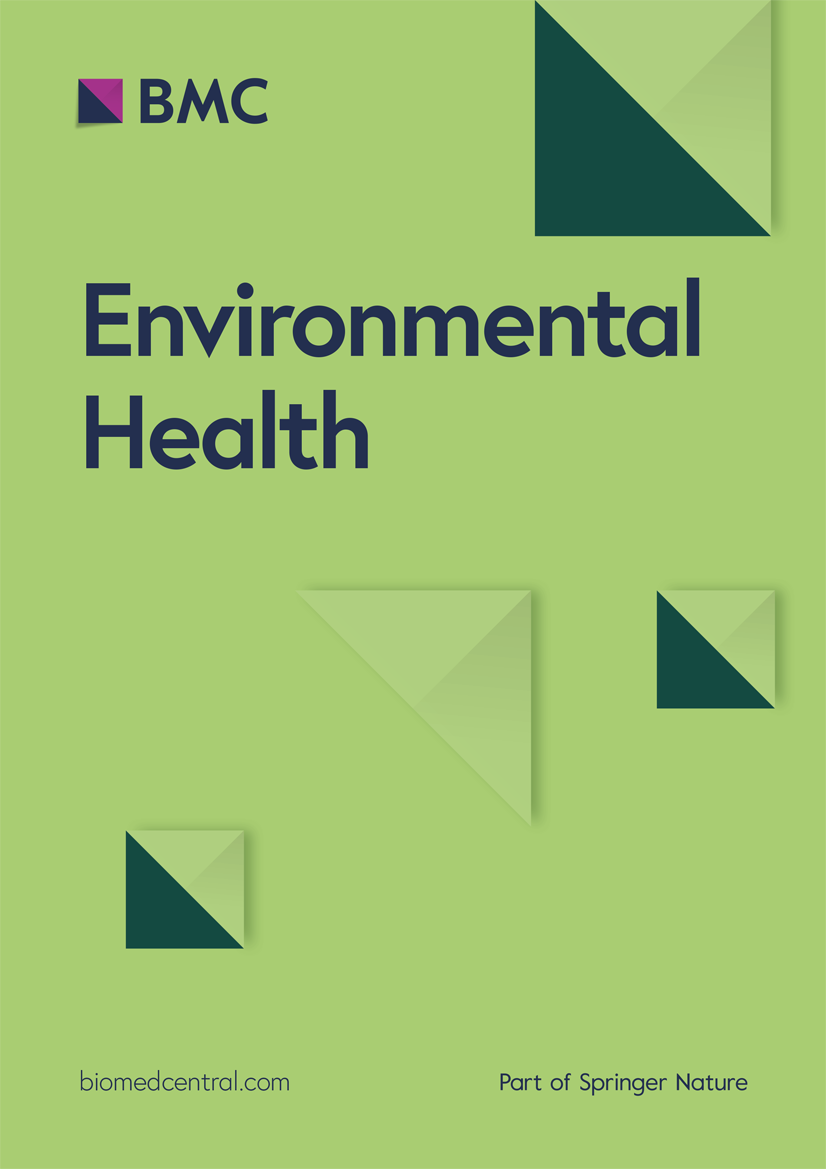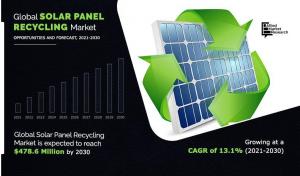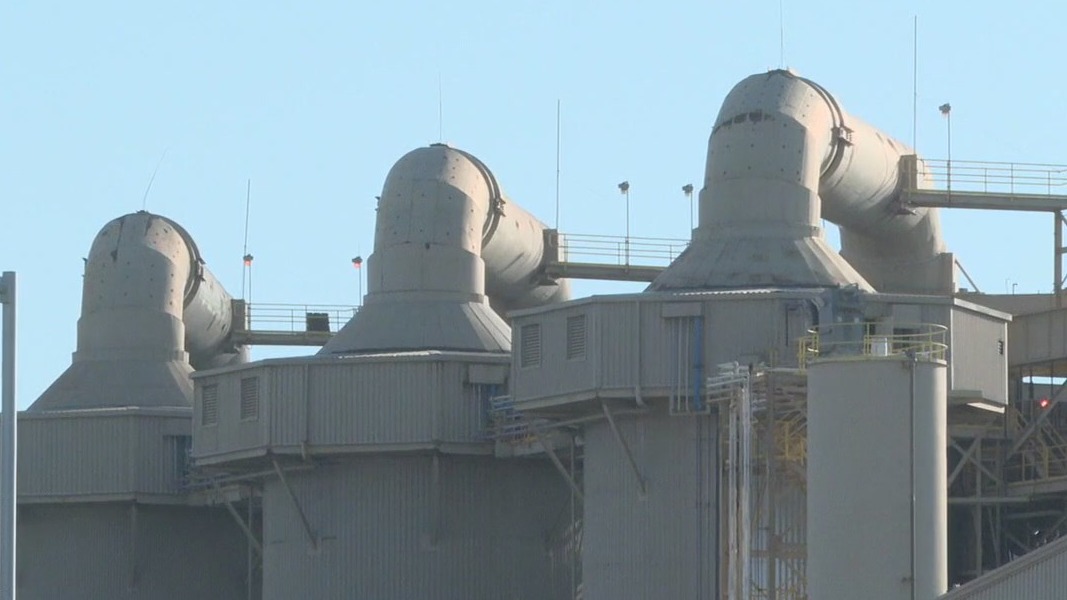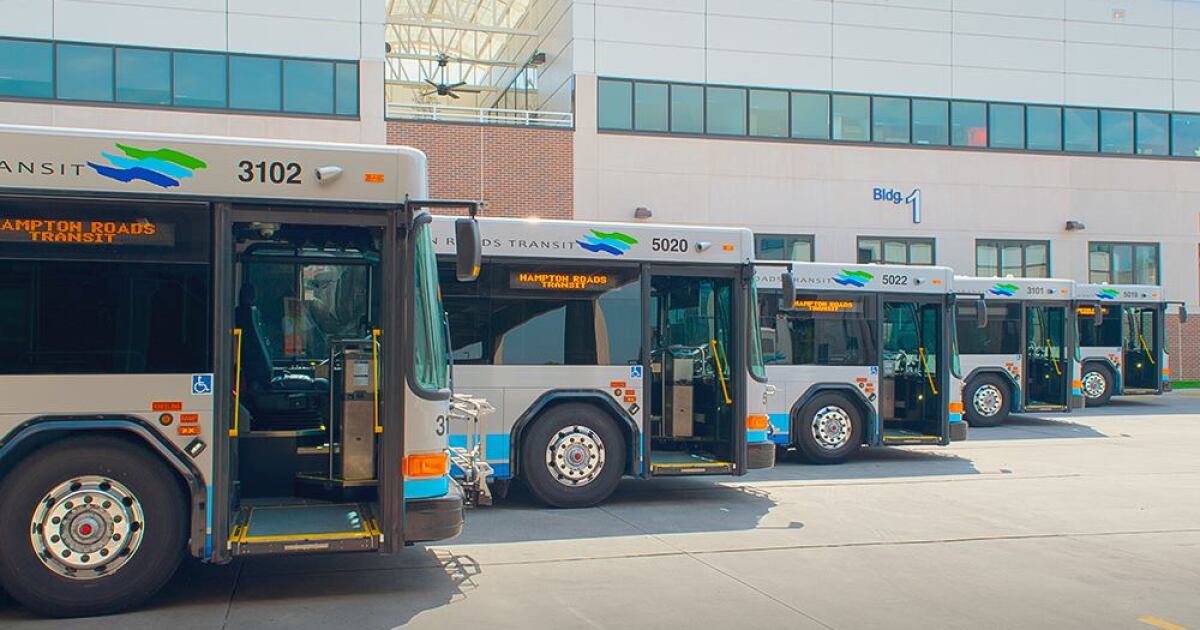Report on Infrastructure Renovation at a Hawaiian Wastewater Treatment Plant
Executive Summary
This report details a project undertaken to renovate an aging wastewater treatment facility on the Big Island of Hawaii. The project serves as a model for addressing critical infrastructure deficits in small treatment plants, directly contributing to the achievement of several Sustainable Development Goals (SDGs), including SDG 6 (Clean Water and Sanitation), SDG 9 (Industry, Innovation, and Infrastructure), and SDG 11 (Sustainable Cities and Communities). By implementing an innovative temporary bypass system, the project successfully enabled the renovation of a primary aeration lagoon without interrupting service, thereby preventing potential environmental contamination and ensuring the facility’s long-term operational integrity and environmental compliance.
Project Background and Challenges
Infrastructure Deficiencies and Environmental Risks
The subject of this case study is a 300,000 Gallons Per Day (GPD) extended aeration activated sludge facility, constructed in 1995. The plant faced significant operational risks due to its aging infrastructure and lack of system redundancy. These challenges posed a direct threat to meeting key environmental protection targets outlined in the SDGs.
- Aging Infrastructure: The primary 443,000-gallon aeration lagoon liner was approaching its end-of-life, showing visible deterioration. This created a substantial risk of untreated wastewater leaking into the ground, directly contravening the objectives of SDG 6 (Clean Water and Sanitation) and SDG 15 (Life on Land) by threatening groundwater and soil quality.
- Lack of Redundancy: The facility operated with a single aeration basin and one secondary clarifier. This design vulnerability meant that any maintenance or failure would necessitate a complete shutdown, leading to non-compliance and potential discharge of untreated effluent.
- Operational Constraints: Accumulated grit had reduced the lagoon’s treatment capacity. Furthermore, the site’s limited physical footprint and steep topography precluded traditional solutions, such as constructing a new parallel basin.
Innovative Solution for Sustainable Infrastructure Upgrade
Alignment with SDG 9: Industry, Innovation, and Infrastructure
To address these challenges, WSI International was engaged to design and implement a solution that would provide the necessary operational redundancy. The project focused on retrofitting and repurposing existing assets, a core principle of SDG 9.4, which calls for upgrading infrastructure with clean and environmentally sound technologies. The solution was deployed in two main phases.
Phase 1: Temporary Clarification System
A compact, integrated Dissolved Air Flotation (DAF) system was installed to serve as a temporary secondary clarifier. This innovative approach allowed the existing clarifier to be taken offline for its conversion into a temporary aeration tank.
- Small Footprint Solution: The DAF system was installed in a small 38’x14’ area, demonstrating efficient land use in line with SDG 11 (Sustainable Cities and Communities).
- Functional Replacement: The DAF unit managed the Mixed Liquor Suspended Solids (MLSS) and handled Return Activated Sludge (RAS) and Waste Activated Sludge (WAS) operations, ensuring the continuity of the biological treatment process.
- Maintaining Water Quality: This temporary system ensured that effluent quality was maintained throughout the project, upholding the principles of SDG 6.3 by minimizing the release of untreated wastewater.
Phase 2: Repurposing the Clarifier with Advanced Aeration Technology
The most significant innovation involved converting the existing secondary clarifier into a temporary aeration basin. This required an aeration and mixing system that could be installed without interfering with the clarifier’s internal mechanisms (scum and sludge rakes).
- Technology Selection: The Landia AirJet system was selected. This venturi-based jet aerator allowed for installation of its primary components, including the Landia Chopper Pump, outside the tank walls. This approach exemplifies the adoption of efficient and adaptable technology as promoted by SDG 9.
- Meeting Process Demands: The system was engineered to supply 40 lbs of O2/hr, providing the necessary oxygen for biological nutrient removal while also generating sufficient mixing energy to keep solids in suspension.
- Resource Efficiency: By retrofitting an existing tank instead of constructing a new one, the project championed resource efficiency and responsible production, aligning with the principles of SDG 12 (Responsible Consumption and Production).
Conclusion: A Replicable Model for Achieving the SDGs
The project successfully provided the required redundancy to allow for the comprehensive cleaning, inspection, and relining of the primary aeration lagoon. The innovative use of a DAF system and the Landia AirJet aerator demonstrates a cost-effective and minimally disruptive pathway for upgrading critical water infrastructure. This case study provides a valuable blueprint for other small municipalities and utilities, proving that targeted technological innovation can overcome significant physical and financial constraints to secure safe sanitation services, protect ecosystems, and build resilient infrastructure in line with global sustainability targets.
1. Which SDGs are addressed or connected to the issues highlighted in the article?
SDG 6: Clean Water and Sanitation
- The article’s central theme is the renovation of a wastewater treatment plant (WWTP) to prevent environmental contamination. The primary concern is an “aging basin liner potentially causing untreated water to leak into the ground,” which directly relates to water quality and sanitation infrastructure. The entire project is focused on ensuring the continuous and safe treatment of wastewater.
SDG 9: Industry, Innovation, and Infrastructure
- The article details the process of upgrading and renovating “aging infrastructure” at a 30-year-old treatment plant. It highlights the development of resilient infrastructure by addressing the facility’s lack of “redundancy or back-up whatsoever.” Furthermore, the solution involves innovative engineering from WSI International and the use of specialized technology like the Landia AirJet, showcasing the adoption of new technologies to improve industrial processes.
2. What specific targets under those SDGs can be identified based on the article’s content?
Targets under SDG 6
- Target 6.3: By 2030, improve water quality by reducing pollution, eliminating dumping and minimizing release of hazardous chemicals and materials, halving the proportion of untreated wastewater and substantially increasing recycling and safe reuse globally.
- The project’s main driver is to prevent the leakage of untreated water from the aeration pond due to a deteriorating liner. The proactive measures taken by the Utility Manager aim to avoid “environmental contamination” and a potential “effluent exceedance,” directly contributing to the goal of reducing water pollution and ensuring wastewater is properly treated before discharge.
Targets under SDG 9
- Target 9.1: Develop quality, reliable, sustainable and resilient infrastructure…to support economic development and human well-being.
- The article describes a project to fix an aging, vulnerable WWTP. The core problem identified is the absence of “redundancy for the aeration basin and a secondary clarifier.” The solution implemented by WSI provides the necessary backup to take the main lagoon offline, thereby making the entire facility’s infrastructure more reliable and resilient against failure.
- Target 9.4: By 2030, upgrade infrastructure and retrofit industries to make them sustainable, with increased resource-use efficiency and greater adoption of clean and environmentally sound technologies and processes.
- The project is a clear example of upgrading infrastructure. It involves retrofitting the facility with modern, efficient technology. The article highlights the use of a “compact, integrated system” (the WSI DAF unit) and the Landia AirJet, which is described as an “optimal fit” for the project. This demonstrates the adoption of environmentally sound technologies to solve an infrastructure challenge within a small footprint.
3. Are there any indicators mentioned or implied in the article that can be used to measure progress towards the identified targets?
Indicators for SDG 6
- Implied Indicator for Target 6.3 (related to Indicator 6.3.1: Proportion of domestic and industrial wastewater flows safely treated): The article implies the measurement of this indicator through its concern over a potential “effluent exceedance.” This term refers to the discharge of treated water that fails to meet regulatory quality standards. The success of the project ensures that the 300,000 GPD (gallons per day) facility can continue to treat wastewater effectively without interruption, thus maintaining a high proportion of safely treated wastewater and preventing pollution.
Indicators for SDG 9
- Implied Indicator for Target 9.1: The project itself serves as a qualitative indicator of investment in creating resilient infrastructure. The article specifies the capacity of the plant (“300,000 GPD”) and the age of the infrastructure (“built in 1995”), providing concrete details about the type of infrastructure being upgraded. The addition of redundancy is a direct measure of increased resilience.
- Implied Indicator for Target 9.4: The adoption of specific, advanced technologies is an indicator of progress. The article explicitly names the “WSI integrated DAF system” and the “Landia AirJet” as key components of the solution. The description of these technologies as compact, efficient, and solving a problem that traditional methods could not (“installing a traditional blower and aeration grid…was out of the question”) points to the successful integration of cleaner and more environmentally sound technologies in an industrial process.
4. SDGs, Targets, and Indicators Table
| SDGs | Targets | Indicators (Mentioned or Implied in the Article) |
|---|---|---|
| SDG 6: Clean Water and Sanitation | Target 6.3: Improve water quality by reducing pollution and minimizing the release of untreated wastewater. | Implied: Prevention of “effluent exceedance” and ensuring the continuous, safe treatment of 300,000 gallons per day of wastewater, which relates to Indicator 6.3.1 (Proportion of wastewater safely treated). |
| SDG 9: Industry, Innovation, and Infrastructure | Target 9.1: Develop quality, reliable, sustainable and resilient infrastructure. | Implied: The successful renovation of a 30-year-old WWTP and the addition of “redundancy” to a system that previously had none, enhancing its operational reliability. |
| Target 9.4: Upgrade infrastructure and adopt clean and environmentally sound technologies. | Implied: The adoption of specific innovative technologies, such as the “WSI integrated DAF system” and the “Landia AirJet,” to retrofit and improve the sustainability of the treatment process. |
Source: watermagazine.co.uk


